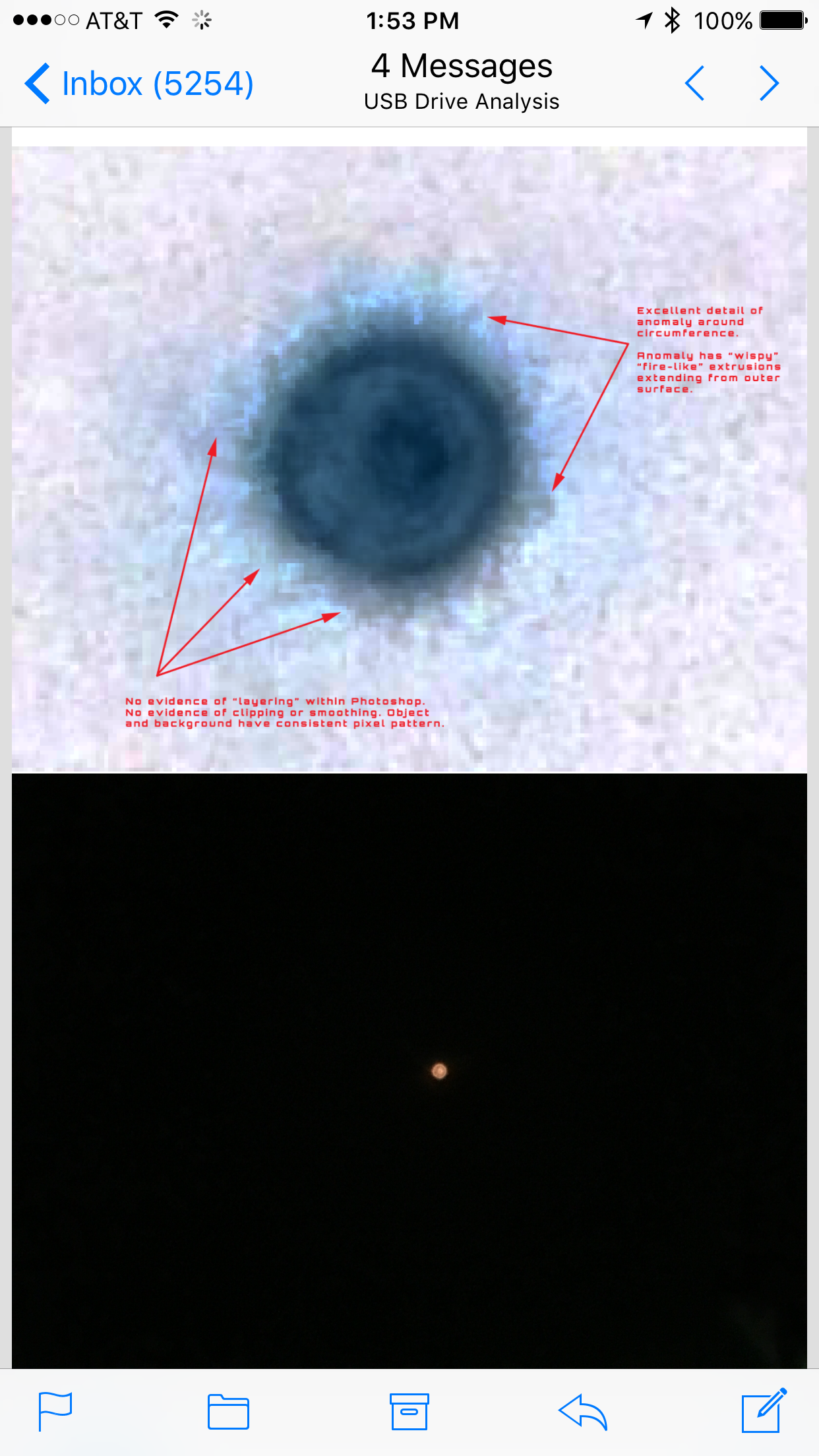
Generate New Template
I’m a mechanical engineer with 15 years experience in different industries including metallurgy, energy and digital equipment . I’ve used FLIR brand equipment. I’m a lifetime aerospace fan. I’m not MIC / aerospace, just a civilian with a decent handle on thermal systems.
It’s Friday Beer Time, and I’ve been doing thermal analysis on electric motors all week. Why not a bit more? Let me list, in no particular order, the elements that strike me as odd or implausible in the “airliner portal video” from a thermodynamic point of view.
FWIW , I 100% believe there is something enormously important being hidden. But this video is not one of those important things. It’s recent resurgence, in fact, strikes me as the most suspicious part!
Quite distracting.
Here I go :
IR Color contour scaling – let’s say for round numbers the airliner fuselage is 0°C, 273K. The engine cores are 1500K+. If you can see the fuselage in IR, should the engines not appear saturated (white)? If you are trying to keep the hot engines “in scale”, shouldn’t the fuselage be almost indistinguishable from the background temperature? We are talking about 3 orders of magnitude of temperature range in view. I am not an IR sensor expert, but visualizing that range requires logarithmic scaling. The idea of the fuselage being “green” , the background being “blue” and the engines being “red” in this case does not check out in and of itself. Is it linear? Is it log? It matters, as information is packed into every color pixel. Without a scale legend, it’s useless coloration.
Below are links to real IR images of jet aircraft. The F-35 IR exhaust plume is shown in black and white, which as has been noted before, is the “natural” way to visualise IR data.
Any form of IR color contouring is processing of the original data. Contouring as seen in the portal video is arbitrary, and should be viewed with suspicion.
https://www.nationalgeographic.com/photography/article/tyrone-turner-thermal-imaging
https://www.youtube.com/watch?v=AzyH0M4C8TY
2) Thermally visible airliner contrails are suspicious with respect to the contour scaling issue
3) “Fuselage Plume” – A green “comet tail” can be seen emanating from the rear of the airliner in IR.
However, the aircraft skin is essentially the same temperature as the air around it.
True, some heat from the interior of the cabin and internal machinery is escaping through the exterior of the fuselage. However, this is not enough to create a plume of “warm” air behind the aircraft. The air cooling effect at hundreds of miles an hour means that the aircraft skin is just ever so slightly warmer than the air.
This “green tail” implies that the air behind the fuselage is somehow warmer than the engine contrail! Again, the color scaling makes no sense.
3) Cool Orb “contrails”? How is this explained? Are the orbs refrigerating the air around them? How are the plumes even visible on this color scale? Is black hot or cold? The plumes appearing to precede the orbs is also inexplicable from a fluid dynamics perspective
4) “Portal Flash” – white visible light, “black” in IR. Assume the flash is implied to be “cold” in IR. An IR “black spot” implies a region of low IR emission, cooler than the surroundings. However, it’s generally hard to emit full spectrum (white) visible photons without a pulse of IR, which is adjacent to the visible band. Instead we appear to see the opposite!
From a CCD-sensor point of view, IR and visible photons are not very different. How does one sensor detect “photon flux spike!”, and another “photon flux absence!” , so close together on the EM spectrum?
5) Video Tracking – the target tracking is surprisingly good yet surprisingly bad. Locked on, then out of frame, then returning at a higher zoom? Is this military equipment or some guy aiming manually? What luck to lose the target and find it again after zooming in!
6) Video Perspective – what part of what chase plane are we viewing from of exactly? Looks like an attempt to give some “under-wing POV” cues, but it doesn’t really land with me.
7) Following Distance – The chase plane appears to traverse the target plane contrail shortly after the video starts. Seems like the two planes are very close. I am not an optics or video analysis guy, but the perspective of the video seems “forced” and “action oriented” . I think anyone who has flown enough window-seat commercial flights can attest to the slow, deliberate motion of other planes in the sky, even at hundreds of knots relative to each other. That’s just a gut feeling!
8) Stenciled debris – this is where I hop off the fun ride. You’ve got Boeing debris with stencils. The thing smashed into the ocean. They found parts of it.
https://www.bbc.com/news/world-asia-37820122
Still a top VFX job and fun to watch! All that being said I stand with David Grusch – the truth is probably better than this CGI…
submitted by /u/cramericaz
[link] [comments]